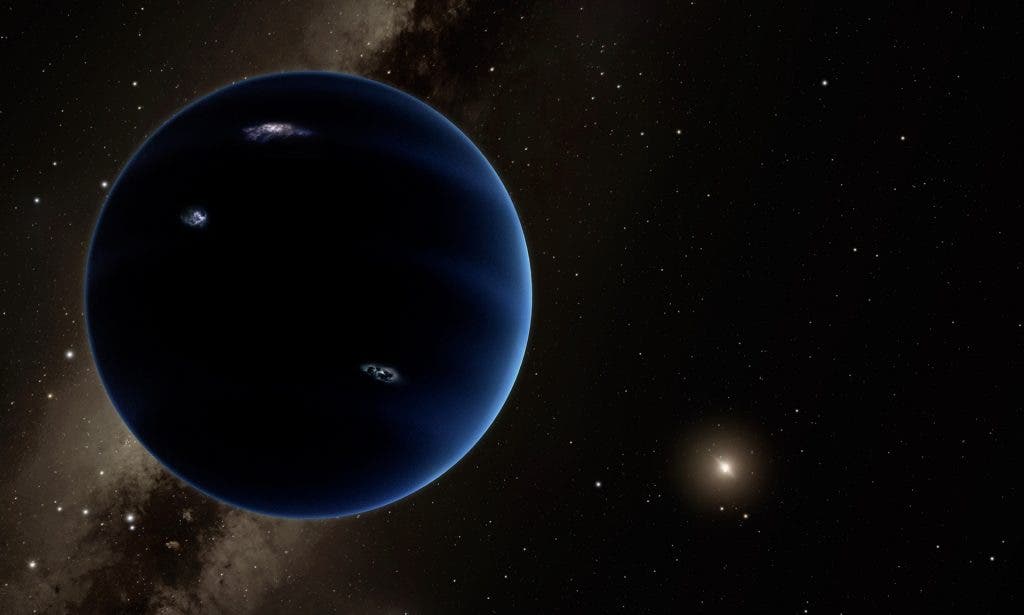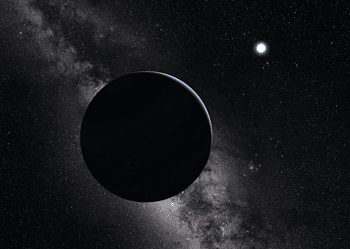A couple of weeks ago, two astronomers made waves after they predicted that there’s a ninth planet orbiting the sun somewhere beyond the Kuiper Belt. Mathematical models and computer simulations made by Konstantin Batygin and Mike Brown suggest this mysterious satellite, dubbed Planet Nine, is about 10 times more massive than Earth. Now, researchers from France have lend a hand in the search for Planet Nine. Their research narrowed down Planet Nine’s orbit and confirmed there indeed seems to be a massive planet in the far reaches of our Solar System, “but not just anywhere”.

The researchers made a new mathematical model that calculated the influence of this supposed ninth planet on other planets as it passes nearby. Data from Cassini spacecraft orbiting Saturn (The seventh planet) was plugged into the models. They then compared these predictions with how planets actually behave.
Planet Nine is thought to have an elongated oval loop orbit around the sun, and it takes anywhere from 10,000 to 20,000 years to complete a full revolution. That’s a huge search area. Jacques Laskar of the Paris Observatory and colleagues, however, cut down the work in half by excluding two areas in the solar system.

It might take years before we identify Planet Nine, but we’re getting there. Laskar says that if the Cassini mission would be extended to 2020, the search would be narrowed down even further. After all, this is how Neptune was first discovered in 1846.
What an amazing thought, though: finding a new planet in the 21st century in our very own backyard.






